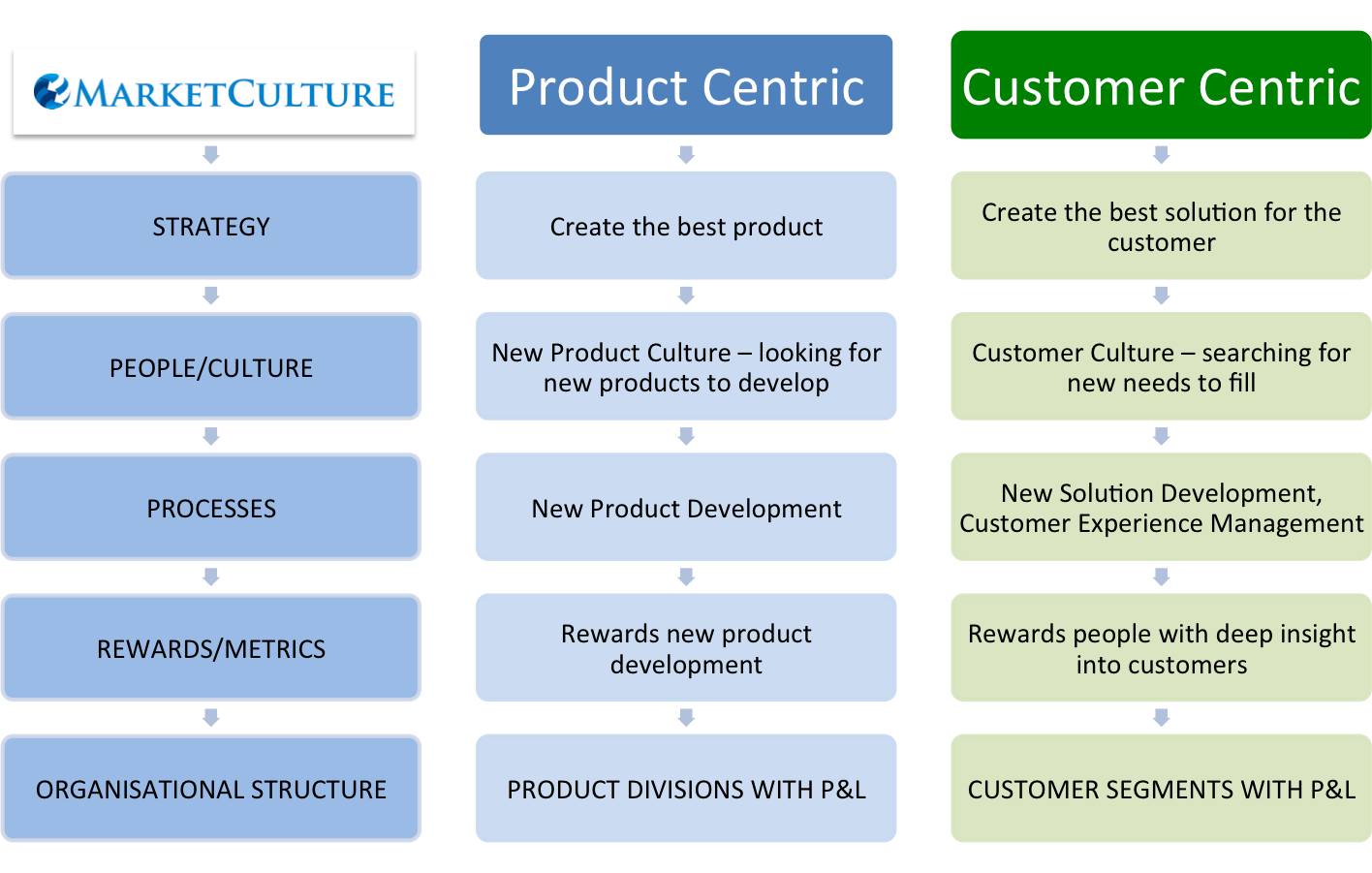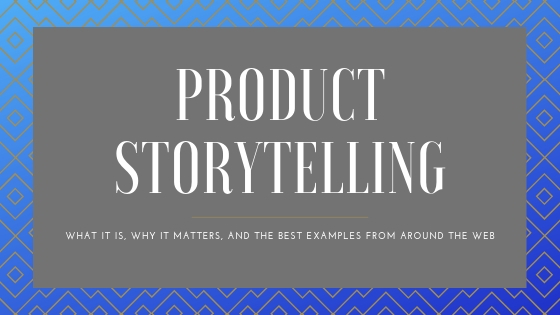Unlocking the Power of "Why": A Guide to Selling Your Product Through Customer-Centric Storytelling

Let’s face it, everyone claims to have the best product or service. But what truly separates the winners from the also-rans? It’s not just about features; it’s about understanding the "why" behind your product and connecting it to your customer’s deepest desires and needs.
As an expert in both interior design and architecture, I’ve witnessed firsthand how the right space can transform lives. It’s not just about aesthetics; it’s about creating environments that inspire, energize, and empower. This same principle applies to product marketing and sales. You need to go beyond the "what" and "how" and delve into the "why" to truly resonate with your audience.

Imagine this: You’re standing in front of a potential customer, ready to pitch your product. Do you launch into a laundry list of features? Or do you paint a vivid picture of how your product will solve their problems, enhance their lives, and make them feel empowered? The answer, of course, is the latter.
Here’s the key: Instead of focusing on the product itself, focus on the transformation it brings. What are the problems your product solves? What are the desires it fulfills? What are the emotions it evokes?
To help you discover the "why" behind your product, let’s dive into a framework that combines the power of storytelling with the precision of customer segmentation.

1. Define Your Ideal Customer Persona:
- Who are they? What are their demographics, interests, and pain points? What are their aspirations and goals?
- What are their needs? What are the challenges they face? What are their motivations?
- Where do they spend their time? What are their preferred channels of communication?


Example: Let’s say you’re selling a high-end kitchen appliance. Your ideal customer persona might be a busy professional with a family who values quality, convenience, and style. They are looking for a kitchen appliance that will help them save time and energy while still creating delicious meals for their loved ones.

2. Uncover the "Why" Behind Your Product:
- What are the core benefits of your product? How does it solve your customer’s problems?
- What are the emotional benefits of your product? How does it make your customer feel?
- What are the aspirational benefits of your product? How does it help your customer achieve their goals?



Example: Your high-end kitchen appliance might offer features like automatic temperature control, a self-cleaning function, and a sleek, modern design. But the "why" behind these features is that they allow your customer to spend less time in the kitchen and more time with their family, feel confident in their cooking abilities, and create a beautiful and functional space.
3. Craft Compelling Stories That Connect With Your Audience:

- Use vivid language and imagery. Paint a picture of how your product will transform your customer’s life.
- Focus on the emotional benefits of your product. Connect with your customer’s desires and aspirations.
- Tell stories that are relevant to your customer’s needs. Use examples and testimonials that demonstrate the real-world impact of your product.


Example: Instead of simply listing the features of your kitchen appliance, tell a story about a busy professional who used to dread cooking dinner but now enjoys the process thanks to the appliance’s time-saving features. Show how the appliance helped them create a beautiful and functional kitchen space that they are proud to show off to their friends and family.
4. Use "Floor Plan" Storytelling to Visualize Your Product’s Impact:
Just like an architect uses floor plans to visualize a building, you can use "floor plan" storytelling to visualize the impact of your product on your customer’s life. Think of your product as a "building block" that can be used to create a better, more fulfilling life for your customer.

Example: Imagine a floor plan of a typical customer’s life before and after using your product. The "before" floor plan might show a cluttered, stressful kitchen with a lack of time for family and friends. The "after" floor plan might show a beautiful, functional kitchen where the customer can easily prepare healthy meals and spend quality time with loved ones.
5. Highlight Unique Features and Benefits:
While focusing on the "why" is crucial, don’t forget to highlight the unique features and benefits that set your product apart from the competition. This is where you can use your expertise in interior design and architecture to showcase the unique design and functionality of your product.
Example: If your kitchen appliance has a unique feature like a built-in food processor, highlight how this feature can save your customer time and effort while still creating delicious meals. Show how the appliance’s sleek design can complement any kitchen style.
6. Use Testimonials and Case Studies:
Nothing is more powerful than hearing from real customers who have experienced the benefits of your product firsthand. Share testimonials and case studies that demonstrate the real-world impact of your product.
Example: Share a testimonial from a customer who used your kitchen appliance to create a gourmet meal for their family. Include a case study that shows how your appliance helped a restaurant owner improve efficiency and productivity.
7. Use Visuals to Enhance Your Storytelling:
Images, videos, and infographics can bring your storytelling to life and make your product more appealing to potential customers. Use high-quality visuals that showcase the beauty and functionality of your product.
Example: Use high-resolution images of your kitchen appliance in a variety of settings, such as a modern kitchen, a farmhouse kitchen, and a rustic kitchen. Create a video that shows the appliance in action, highlighting its unique features and benefits.
8. Don’t Forget the Call to Action:
Once you’ve captured your customer’s attention and painted a vivid picture of how your product can transform their life, give them a clear call to action. Tell them what you want them to do next, whether it’s visiting your website, signing up for a free trial, or making a purchase.
Example: "Visit our website today to learn more about our kitchen appliance and see how it can help you create delicious meals with ease."
By focusing on the "why" behind your product and using the power of storytelling, you can connect with your customers on a deeper level and inspire them to take action. Remember, it’s not just about selling a product; it’s about creating a better, more fulfilling life for your customers.

